What to know
- Adobe is working on a new Video Super Resolution (VSR) method called VideoGigaGAN that can make blurry videos look HD.
- VideoGigaGAN can upscale videos up to 8x their original resolution without any blurriness, flickering, or other AI artifacts.
- VideoGigaGAN is still under development and there’s no telling when Adobe will make it available to the public.
Folks at Adobe have developed a generative AI model that will soon let you upscale videos up to eight times their original resolution. Titled VideoGigaGAN, Adobe claims in a recently published paper that the model is far superior to traditional video super resolution (VSR) approaches of the past that tend to introduce AI artifacts and a whole lot of blurriness in their upscaling attempts.
Thanks to its generative AI goodness, Adobe’s VideoGigaGAN “upsample(s) videos with high frequency details while maintaining temporal consistency.” Ultimately, the new method produces results with more fine-grained details, which means the videos are of a much higher fidelity and contain far fewer artifacts.
But don’t take our word for it. Here are a few samples that display what Adobe’s new VSR method is capable of:
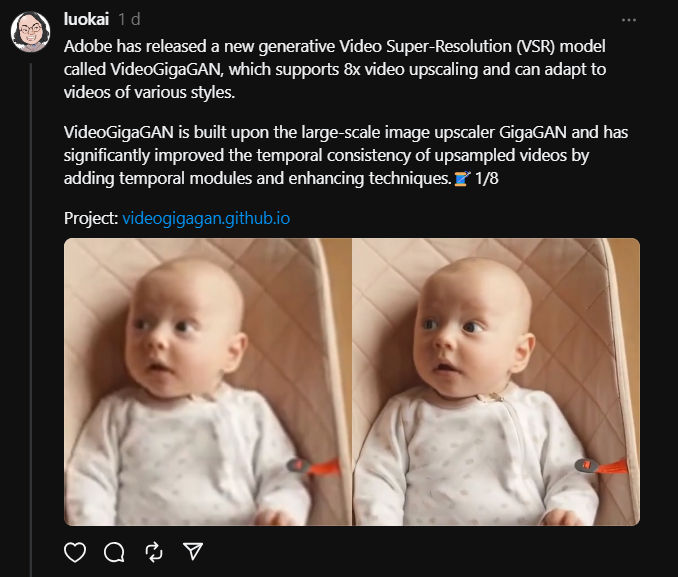
Although VSR methods of the past have proven useful in improving images, their success hasn’t translated to videos in the same way. And while other upscaling methods try to reduce the flickering and other AI weirdness that arise from upsampling, they do so by only by sacrificing details.
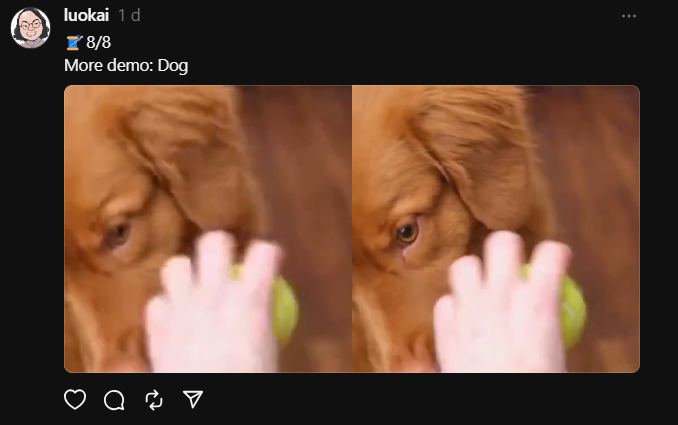
This is where the Generative Adversarial Networks (GANs) truly shines. Not only does VideoGigaGAN effectively eliminates video distortions (or reduce them until they’re barely visible), it also produces high quality videos that can be scaled up to 8x the original resolution.
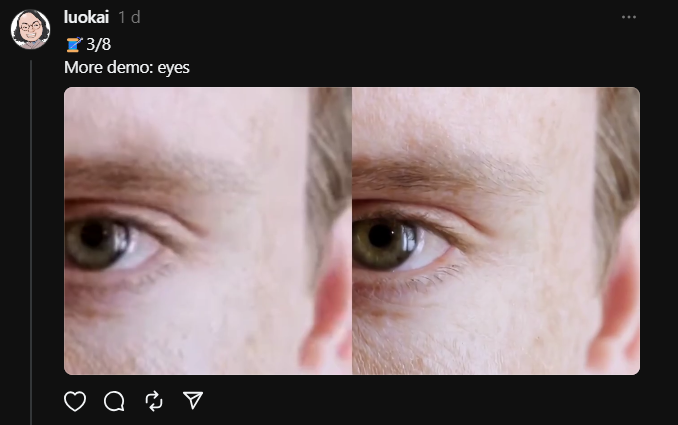
You can find more upsampled before-and-after comparisons on the VideoGigaGAN Github website.
Adobe’s MAX event last year also gave glimpses of a similar project that improves the quality of videos and GIFs using a diffusion-based AI-upsampling technology. VideoGigaGAN, however, is a different beast altogether.
Since VideoGigaGAN is still in development and the samples are only previews, there is no telling if Adobe will make it available to the general user. Nevertheless, if the samples are anything to go by, the technology is worthy enough to be marketed and could possible be made available via Adobe’s Premiere Pro in the future. We can’t wait to try it ourselves and review it for all who might be interested in improving the quality of blurry videos.


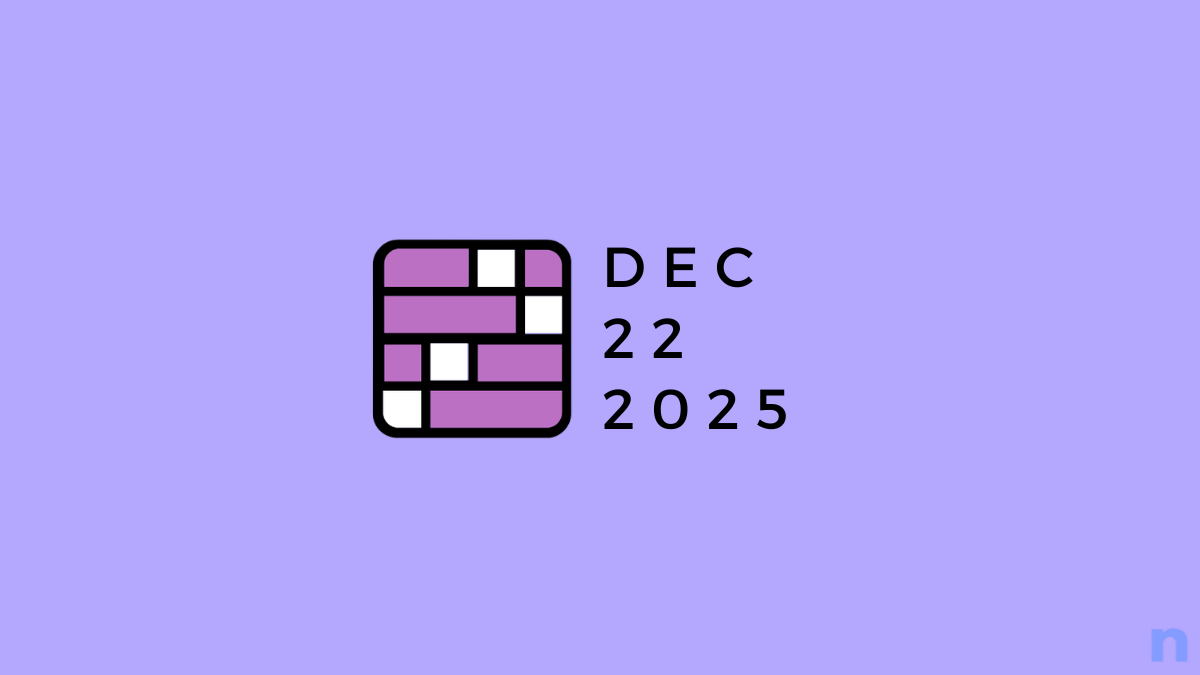



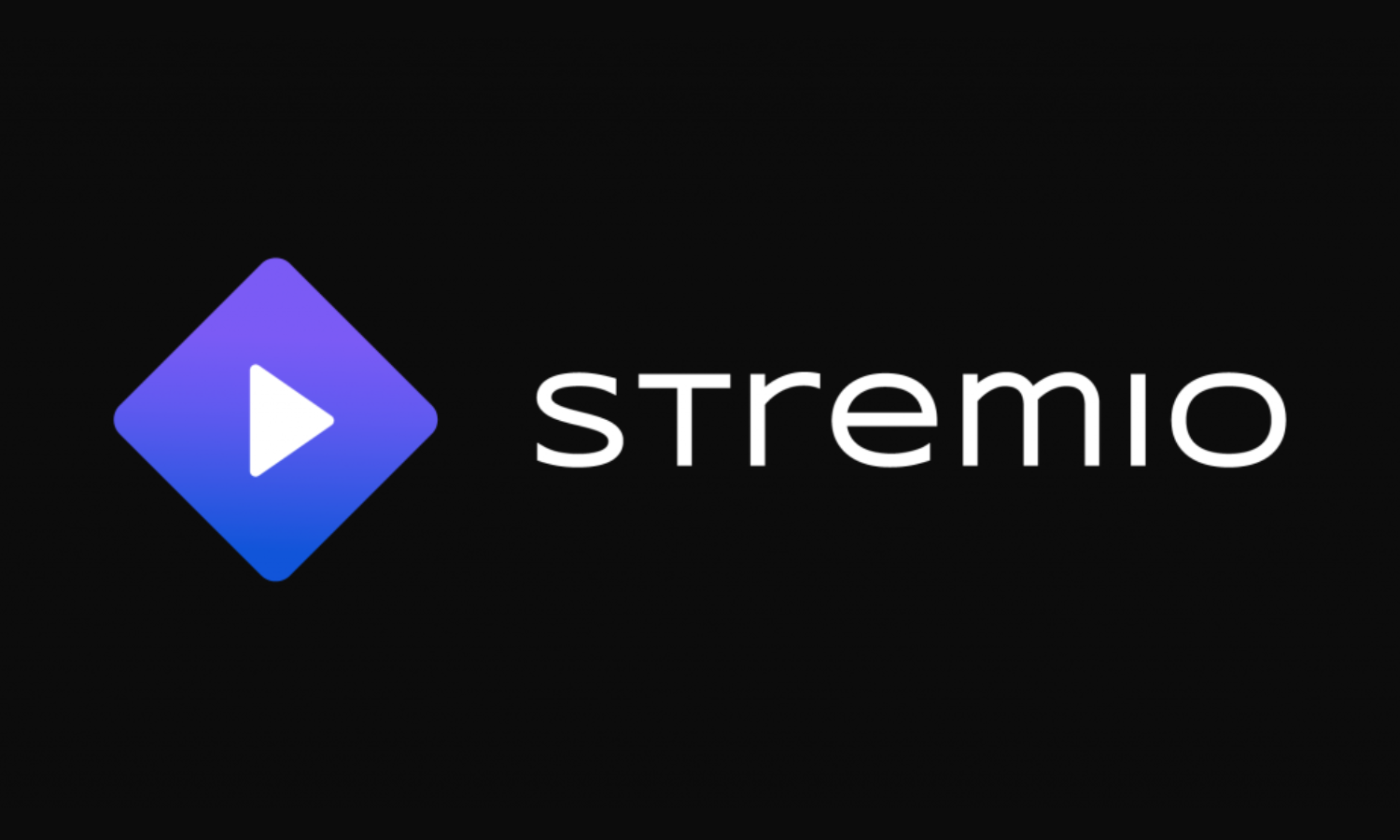
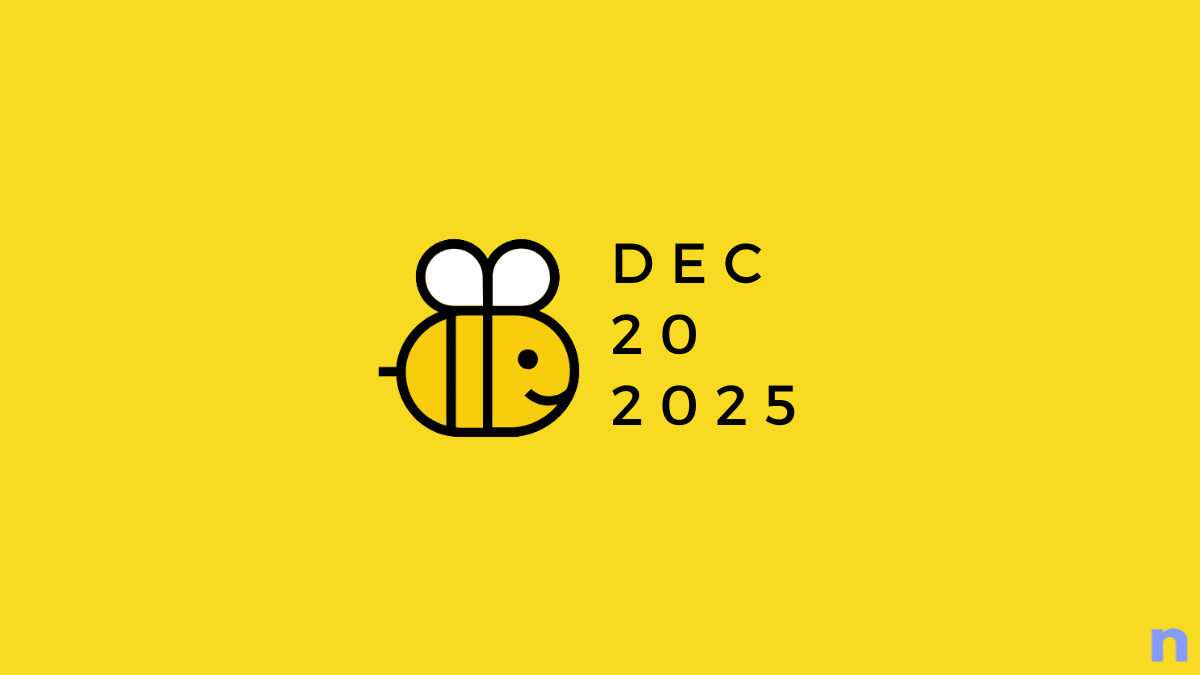

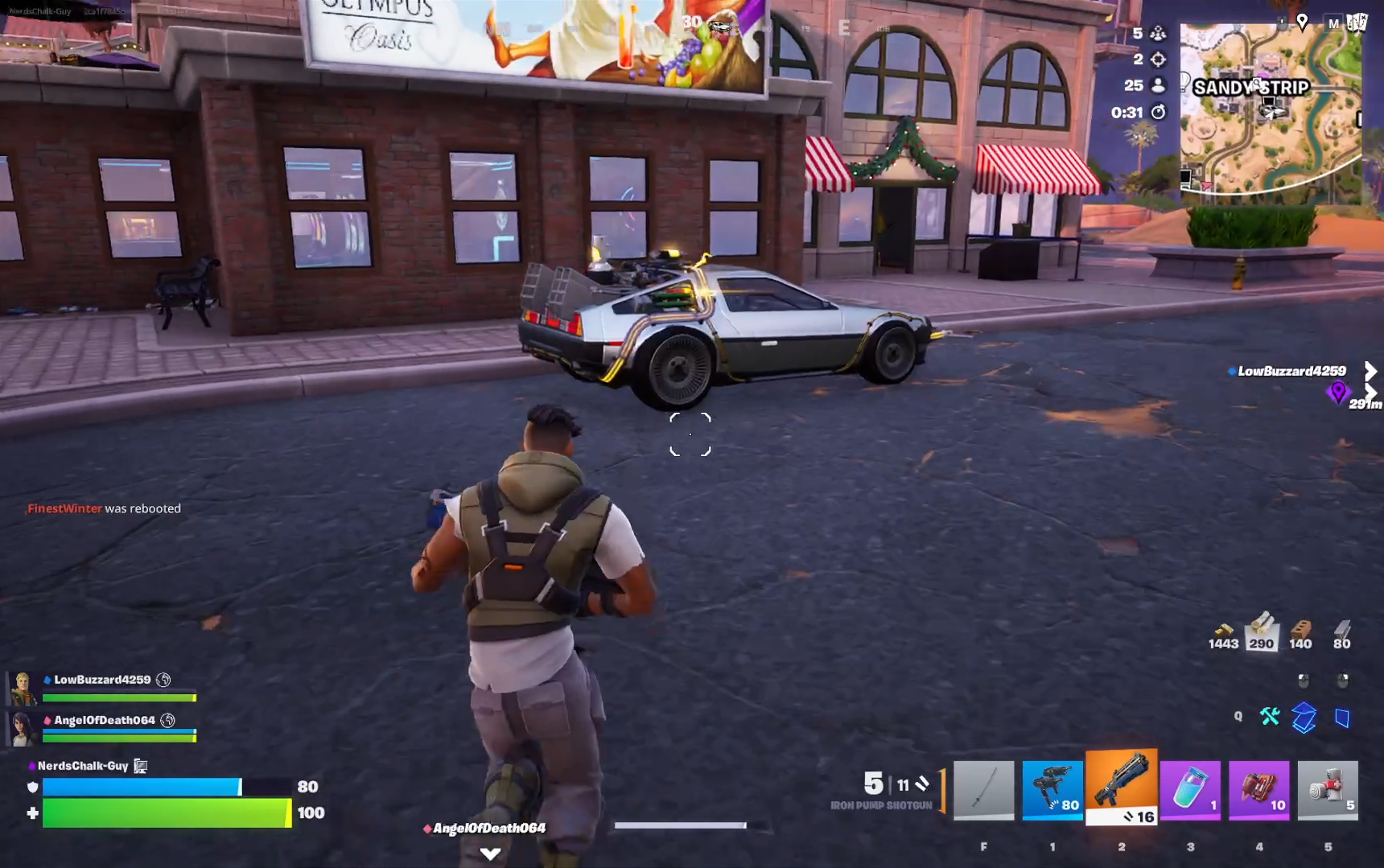

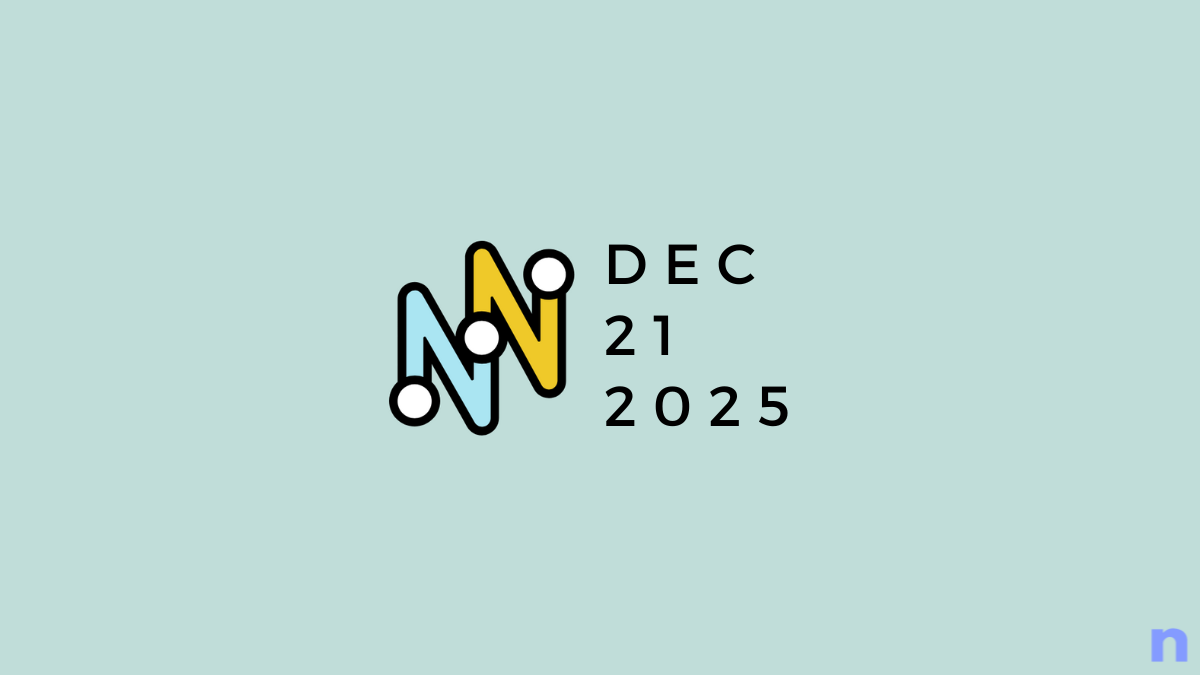

Discussion